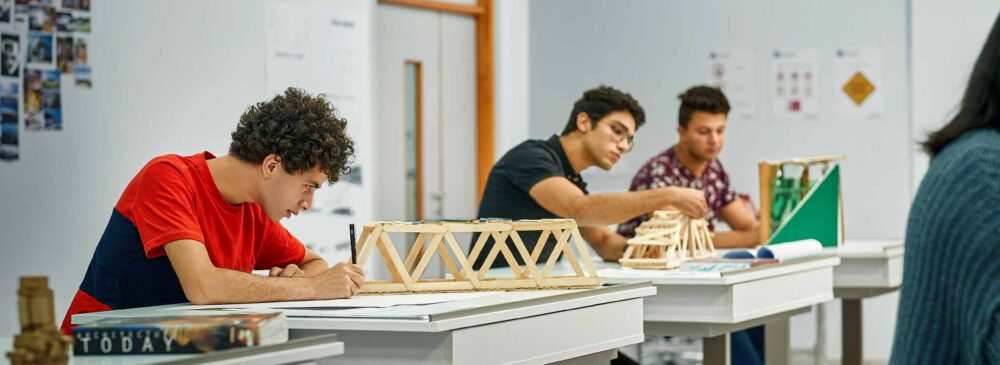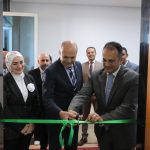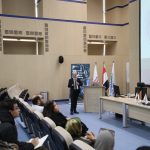Nowadays, architects need to design buildings to establish a symbiotic relationship with the natural environment.
An architectural design process cannot disregard a deep comprehension of the natural environment’s limits and resources, both qualitative and quantitative. Scientific principles are used in the program as a meaningful platform for imagining a new generation of buildings to compensate for the environmental impact due to their construction, operation, and disassembly.
Sustainability, Efficiency, and Renewability are three words that describe the engine driving development, economic growth, and the future for decades to come. The Environmental Architecture and Building Technology Program (EABT) at GU aims at graduating architects who have a deep understanding of the environmental and societal aspects and can use modern technology to provide innovative solutions. This field of study is, therefore, needed to develop sustainable designs that overcome contemporary environmental problems.
Thus, sustainable building design has never been more important for the future of our environment. It explores a wide range of approaches to building design strategies that promote sustainability. Moreover, it develops the skills needed to address this significant global challenge that can create beautiful, meaningful, and sustainable environments to enhance our quality of life. The skills range from designing green buildings to planning resilient cities, managing advanced construction projects, or creating ecologically responsive places.







